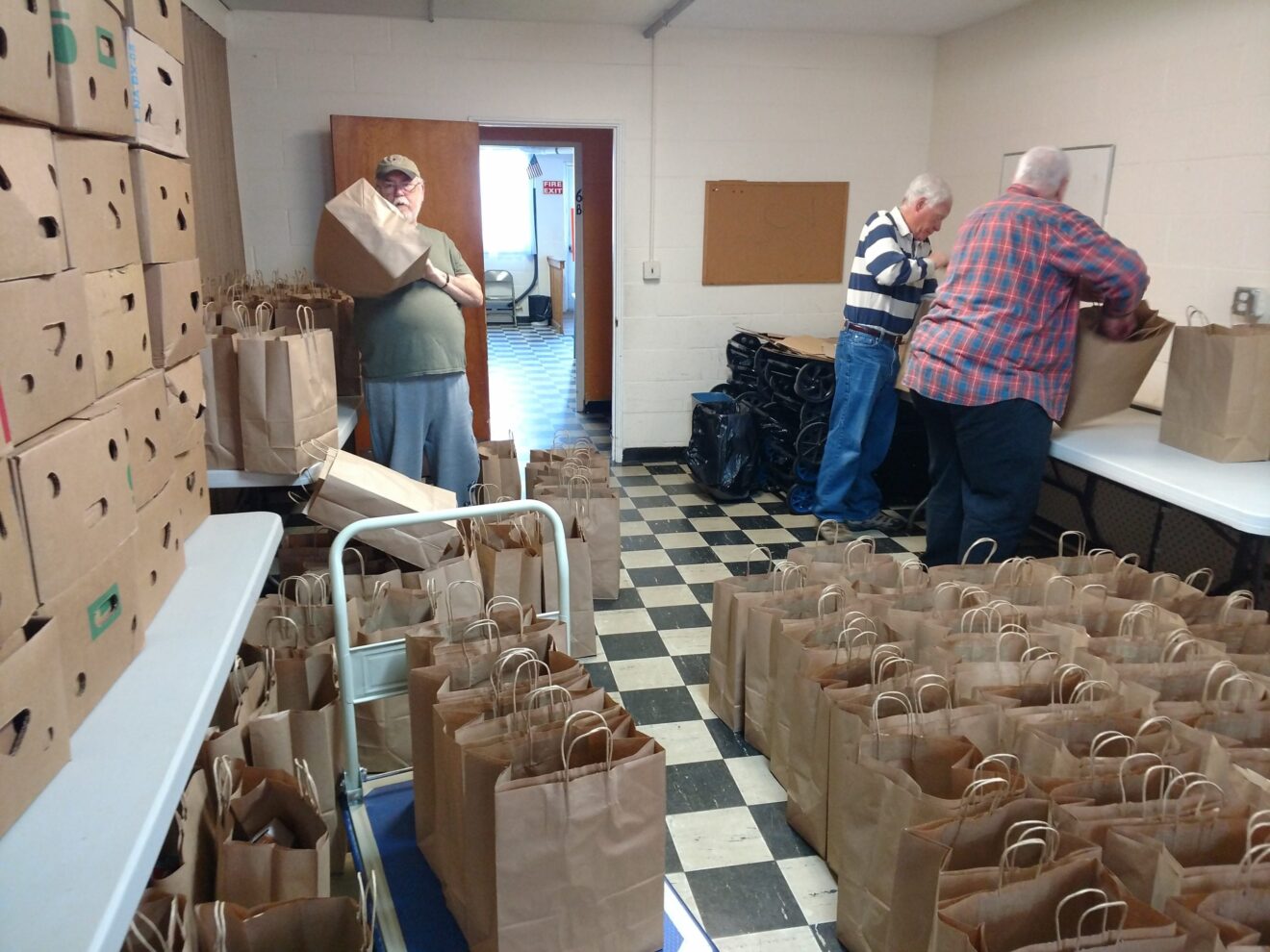Last week, Shoreline Soup Kitchen and Pantries experienced a 34 percent increase in families seeking food assistance at pantry locations in Old Saybrook, Westbrook, Clinton, Old Lyme and East Lyme.
...
Haven’t subscribed yet? Click here to register.
CT Examiner is just $20 a year. And if you want to unsubscribe? That’s online and at the click of a button. No phone calls. No runaround. No hassle.
At less than a tenth the cost of our statewide competitors, our promise to you is no-nonsense federal, state, and local news that’s nonpartisan, respects your privacy and is ad-free.
Subscribe and see why CT Examiner is the fastest growing news source in Connecticut.
